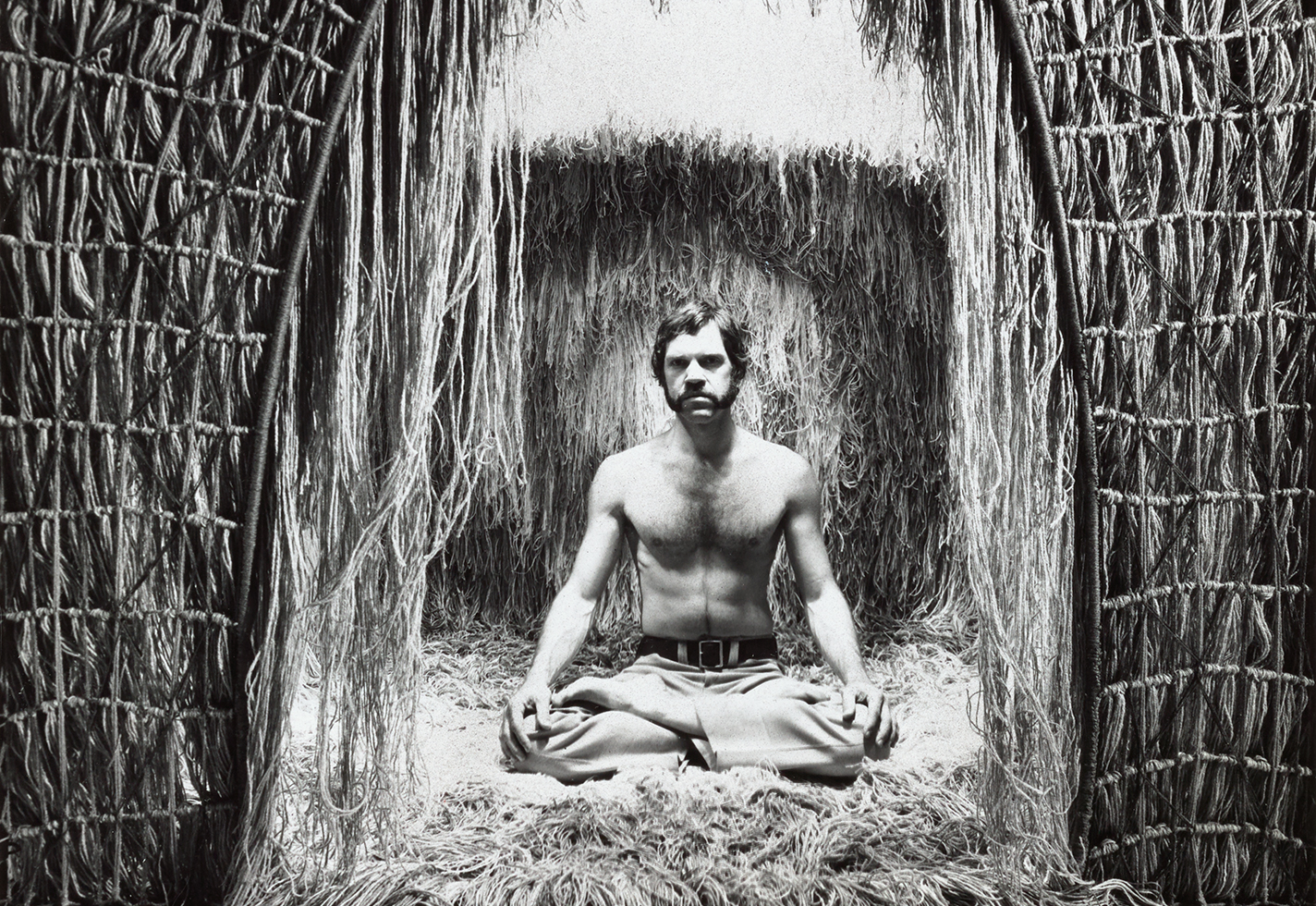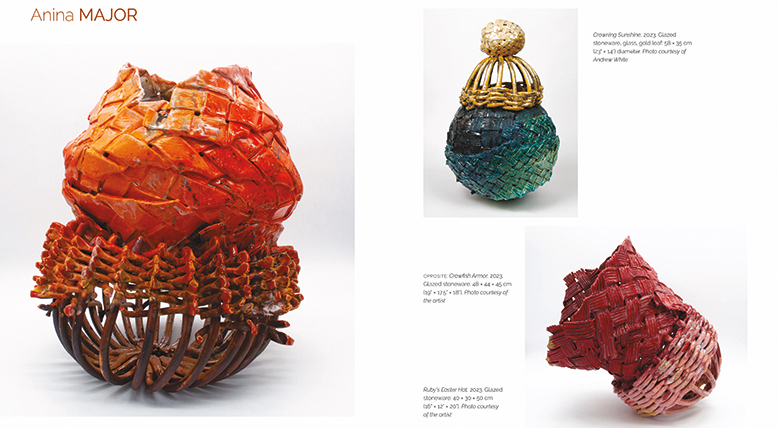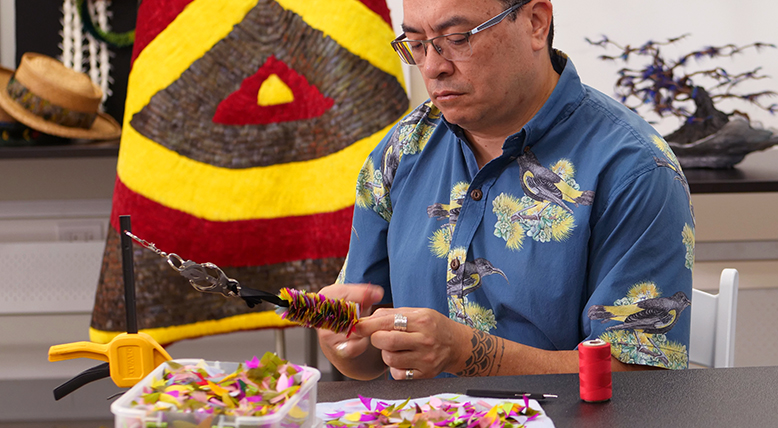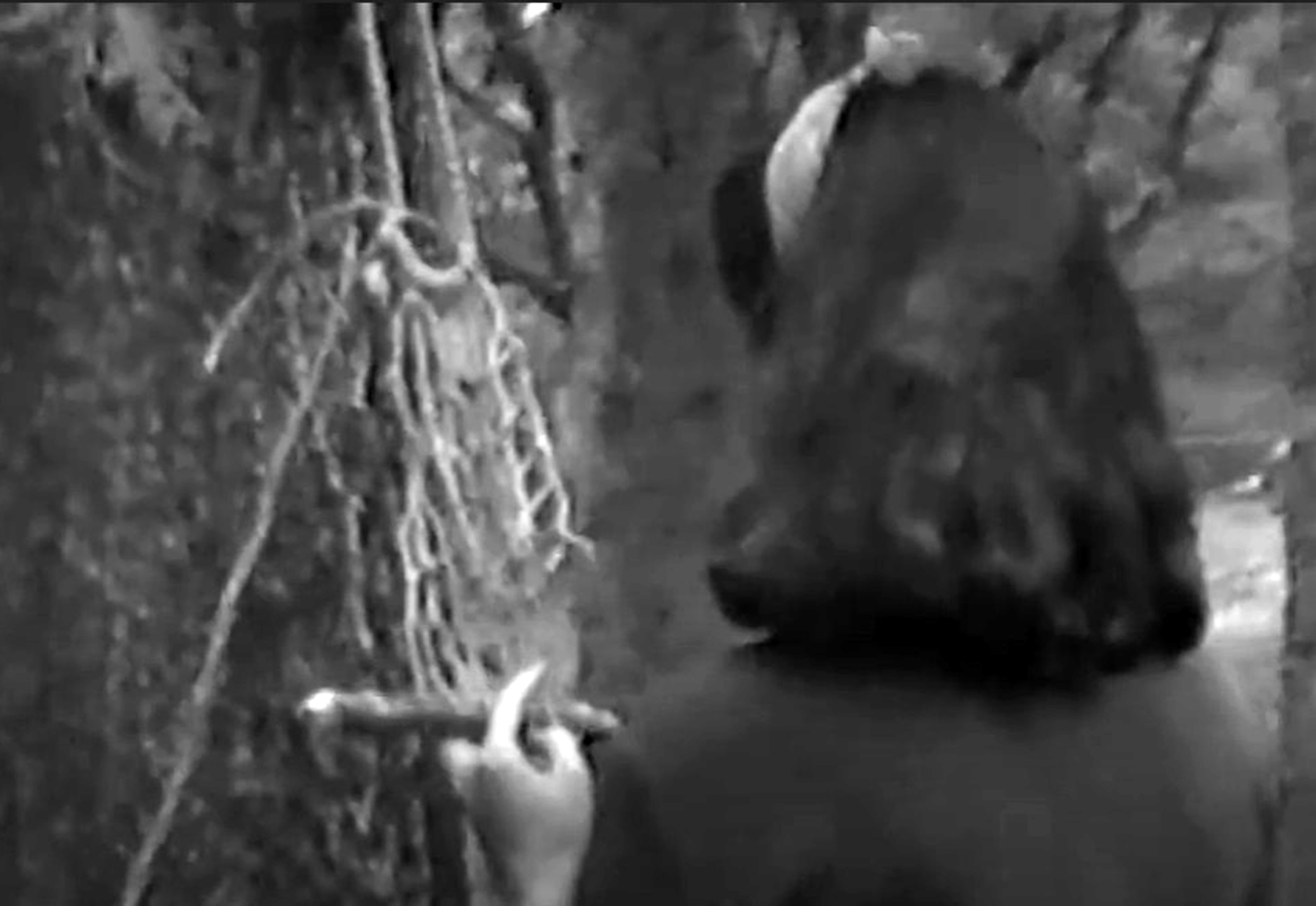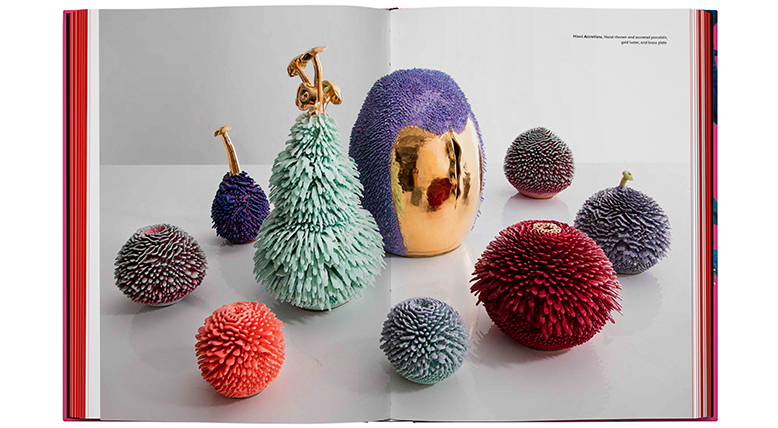The Dreamy Spaces of Contemplation Environments. What environments do we dream of? How do our surroundings stimulate our capacity to dream? Where do we, in our contemporary urbanized society, find spaces that allow for contemplation? In 1970, the Museum of Contemporary Crafts explored these questions in an innovative exhibition called Contemplation Environments.
Introducing the exhibition catalog, museum director Paul J. Smith wrote, “There can be said to exist a kind of ineffable presence in the architectural space itself which exerts a quieting, peaceful influence on the mind and emotions of the individual who enters it.” The exhibition aimed to explore the psychological effect of our physical surroundings, in particular those that were conducive to the act of “considering with attention.”
Smith notes that the exhibition was “developed and not collected.” Research by museum staff in preparation for the exhibition showed that artists were interested in exploring the design of large-scale environments that could provide a respite from the busyness of daily urban life and allow for purposeful meditation, musing, and dreaming.
The museum, which was founded in 1956 by ACC founder Aileen Osborn Webb and later evolved into the Museum of Arts and Design, commissioned architect Gamal El-Zoghby to consult with each of the participating artists and to unify the 16 separate environments into a singular experience. Visitors were directed to follow a traffic flow that allowed each environment to be experienced in isolation from the others.
Most of the environments reflected unrealized dreams and visions of the artists. Wendell Castle created a laminated wood environment with a skylight, reading light, and an exterior light to indicate when the space was in use. Aleksandra Kasuba’s sculptural structure of stretched nylon featured a raised floor that was split with light from below. John Fischer’s Turf Room surrounded guests with fresh turf on the floor, walls, and ceiling.
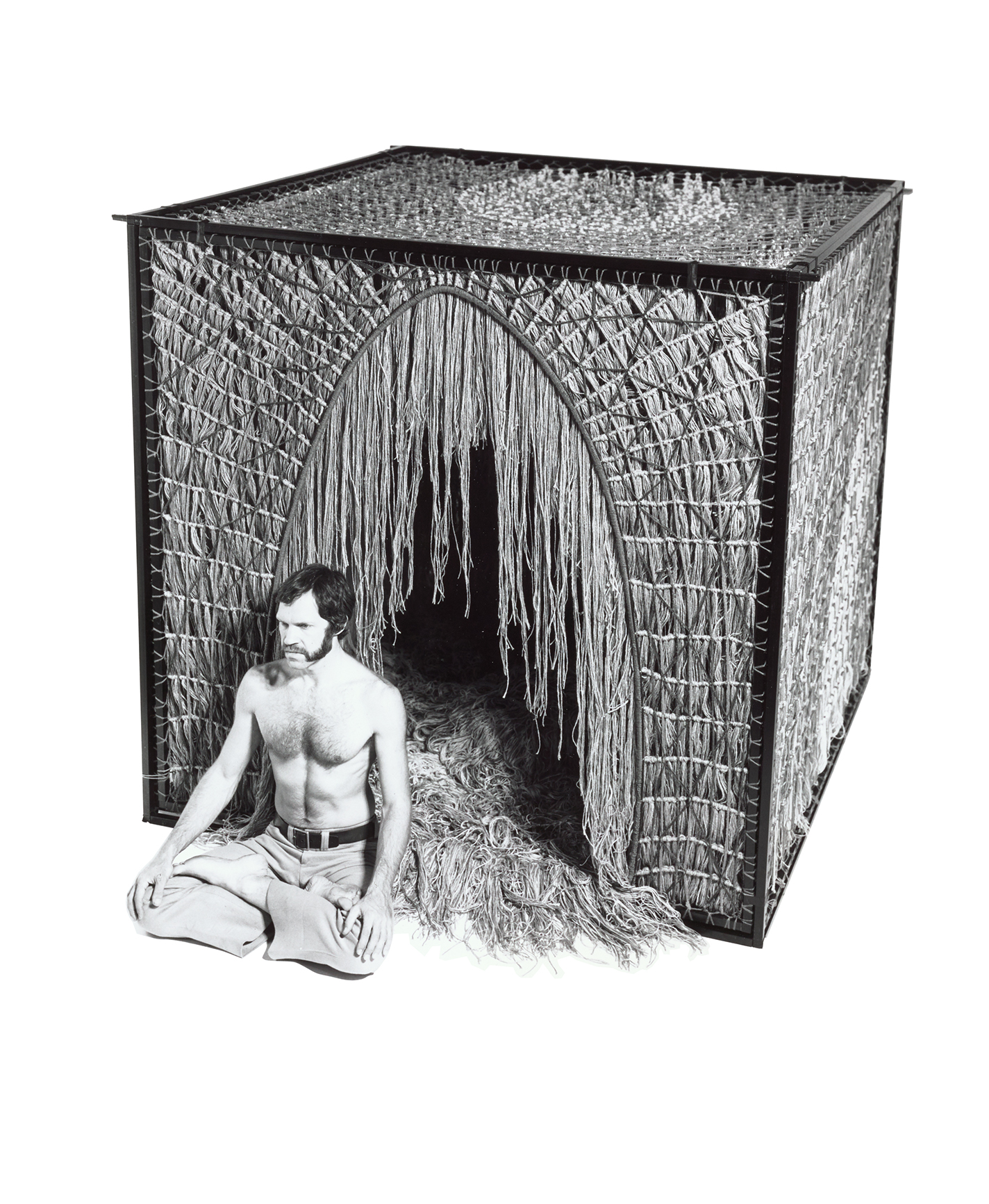
Ted Hallman’s Centering Environment.
